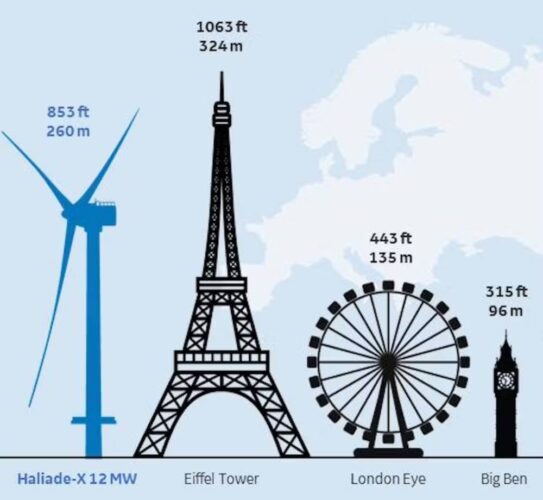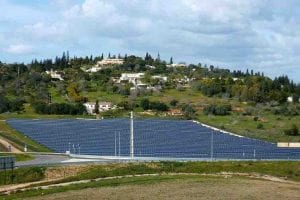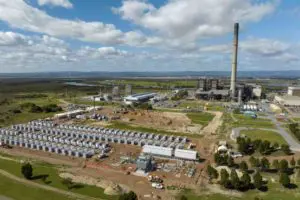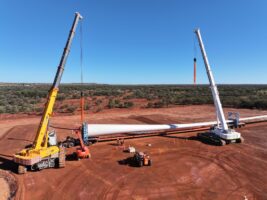Offshore wind developers with projects lined up for the newly declared Hunter zone off the coast of New South Wales are likely to have to dial back their plans, following the introduction of strict turbine height restrictions this week.
Australia’s nascent offshore wind energy industry unanimously welcomed the declaration on Wednesday of the nation’s second official project development zone, in the Pacific Ocean between Swansea and Port Stephens.
As RenewEconomy reported, the new zone will span 1,800km2 and will be situated 20km from the coast in the north and over 35km from the coast in the south.
But some changes to the previously proposed design of the Hunter zone, which will be the first in Australia to host floating offshore wind projects due to the sea floor depth, might send developers back to drawing board.
As well as paring back the overall size of the development zone, the government has set a maximum turbine height at 260 metres – a concession to the Department of Defence, according to federal energy minister Chris Bowen.
By global standards, 260m is about the upper limit of current offshore wind technology. It is the height – from the sea surface to the highest point of the blade tip – of the General Electric Haliade X, which made their debut this year at the massive Dogger Bank project in UK waters and can generate up to 13MW each.
As the below graphic illustrates, this is pretty big. But as this Conversation article explains, 15MW turbines are only another year or two away. And the size and capacity increases certainly are not expected to stop there.

By the time projects are being built in Australian waters, 15MW will probably sit at the medium-lower end of the capacity of offshore wind turbines being produced.
Spanish developer BlueFloat Energy, for example, told a recent information session that the 115 turbines for its Eastern Rise Offshore Wind Project, proposed for the Hunter zone, were expected to be 15-20MW each, with a hub height of 165-195 metres and a rotor diameter of 250-275 metres.
Similarly, the floating turbines for the 2GW Novocastrian offshore wind farm, a front-runner for a spot in the Hunter zone that’s being developed by Oceanex and Equinor, have been proposed at 15MW.
Oceanex CEO Andy Evans says that while his company and JV partner Equinor are thrilled with the declaration of the Hunter zone – in whatever shape and size it comes – they will have to assess the impact of the height rule on the design of the Novocastrian project.
Evans says Australia has been “unbelievably innovative” in establishing a floating offshore wind jurisdiction in New South Wales, and the concern is that developers won’t be able to match this innovation with the best possible technology.
“Arguably, it could restrict projects to current-day technology,” Evans told RenewEconomy on Friday.
“Because [offshore turbines] will get bigger and bigger. The Gippsland projects are already looking at [turbines] much higher than 260 metres – so yeah, the technology is just going crazy at the moment.”
That said, Evans notes that, depending on the hub height, it is possible to install a 15MW turbine within the 260m limit.
“The onus is on us to put forward the best project. …It’s just a question of whether we’re not being fully innovative by restricting ourselves to current date technology,” he said.
“I’m sure the proponents will work – … even if they would like a bigger area or less restrictions – they will work with the rules the government’s put out,” Bowen said on Thursday when asked about the height rule.
“This is all about striking the right balance. .. The height restriction was put on for Defence-related purposes, for reasons which I probably don’t need to explain in relation to the Hunter’s importance to Australia’s air defences.”










